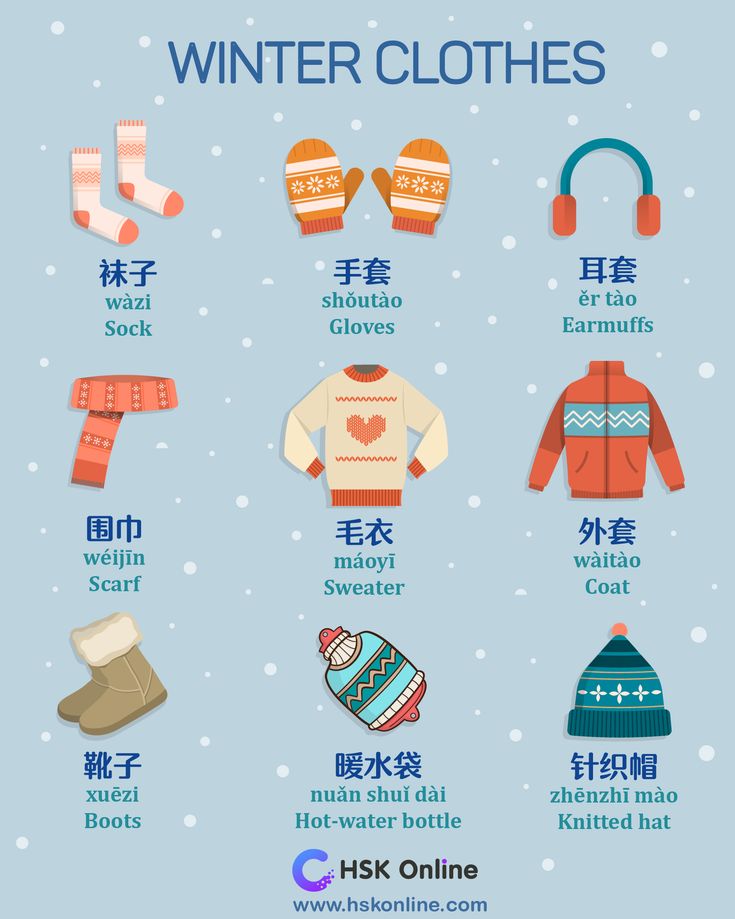
“Different” in Chinese – Describing contrasting things
Understanding “Different” in Chinese: Describing Contrasting Things In a world that thrives on diversity and contrast, languages often play a pivotal role in expressing the nuances of differences. When it comes to the Chinese language, describing contrasting things is an art in itself. In this article, we’ll dive into the fascinating realm of how the […]
Understanding “Different” in Chinese: Describing Contrasting Things
In a world that thrives on diversity and contrast, languages often play a pivotal role in expressing the nuances of differences. When it comes to the Chinese language, describing contrasting things is an art in itself. In this article, we’ll dive into the fascinating realm of how the Chinese language encapsulates the concept of “different.” From characters to phrases, we’ll explore the various ways this multifaceted language captures the essence of contrast.
Table of Contents
- Introduction
- The Chinese Language: A World of Characters
- The Power of Chinese Characters
- Different Characters for “Different”
- The Visual Poetry of “不同”
- Alternative Characters for “Different”
- Expressing Contrast in Chinese
- Comparative Phrases
- Opposites Attract: Yin and Yang
- Context Matters: Nuances of “Different”
- Situational Usage
- Tonal Variations
- Cultural Insights
- Philosophy and Language
- Embracing Contrast in Chinese Culture
- Learning Chinese: Embracing the Differences
- Resources for Language Learners
- Translating “Different” in Chinese
- The Challenge of Translation
- Modern Usage and Pop Culture
- Different in Contemporary Chinese Media
- Conclusion
- Frequently Asked Questions (FAQs)
Introduction
Language serves as a mirror to culture and society, reflecting the way people perceive and interact with the world around them. In this linguistic journey, we’ll explore how the Chinese language captures the concept of “different” and how it shapes cultural communication.
The Chinese Language: A World of Characters
The Power of Chinese Characters
The Chinese writing system is renowned for its complexity and beauty. Each character is a work of art, carrying meaning, history, and pronunciation. Understanding “different” in Chinese begins with an appreciation of these characters.
Different Characters for “Different”
The Visual Poetry of “不同”
In Chinese, the most common way to express “different” is through the character “不同” (bù tóng). Here, “不” (bù) signifies negation or “not,” while “同” (tóng) means “same.” Together, they form the visual representation of “different.”
Alternative Characters for “Different”
Beyond “不同,” there are alternative characters and phrases that convey nuances of contrast. Exploring these options allows for a richer understanding of diversity in the language.
Expressing Contrast in Chinese
Comparative Phrases
Chinese often uses comparative phrases to describe differences. Phrases like “比较” (bǐ jiào) and “相反” (xiāng fǎn) are handy tools for expressing varying degrees of contrast.
Opposites Attract: Yin and Yang
The concept of yin and yang, deeply rooted in Chinese philosophy, represents the duality and balance of contrasting elements. Understanding this philosophy can provide profound insights into how the Chinese view differences.
Context Matters: Nuances of “Different”
Situational Usage
Like any language, the context plays a crucial role in determining the precise meaning of “different.” We’ll explore how situational awareness influences linguistic choices.
Tonal Variations
Chinese is a tonal language, and the tone in which a word is spoken can alter its meaning. Discover how tone affects the interpretation of “different.”
Cultural Insights
Philosophy and Language
Chinese culture is rich with philosophical traditions that influence language. Delve into how these deep-rooted philosophies shape the expression of contrast.
Embracing Contrast in Chinese Culture
Contrast isn’t merely a linguistic concept in China; it’s a way of life. Learn how the Chinese embrace diversity and use it to their advantage.
Learning Chinese: Embracing the Differences
Resources for Language Learners
For those embarking on the journey of learning Chinese, we’ll provide valuable resources and tips to navigate the intricate world of the language.
Translating “Different” in Chinese
The Challenge of Translation
Translating “different” into Chinese, and vice versa, can be a challenging task. We’ll explore the intricacies of translation and the importance of cultural context.
Modern Usage and Pop Culture
Different in Contemporary Chinese Media
Discover how the concept of “different” is portrayed in modern Chinese media, from movies to literature, and its relevance in today’s society.
Conclusion

In the vast tapestry of languages, Chinese stands out as a testament to the art of describing contrast. From intricate characters to profound philosophies, it beautifully encapsulates the essence of “different.” Embracing these linguistic subtleties not only enriches our understanding of the language but also allows us to appreciate the richness of Chinese culture.
key words
- learn chinese
- how to say i love you in chinese
- how to say hello in chinese mandarin
- Thank you in Chinese 2024









